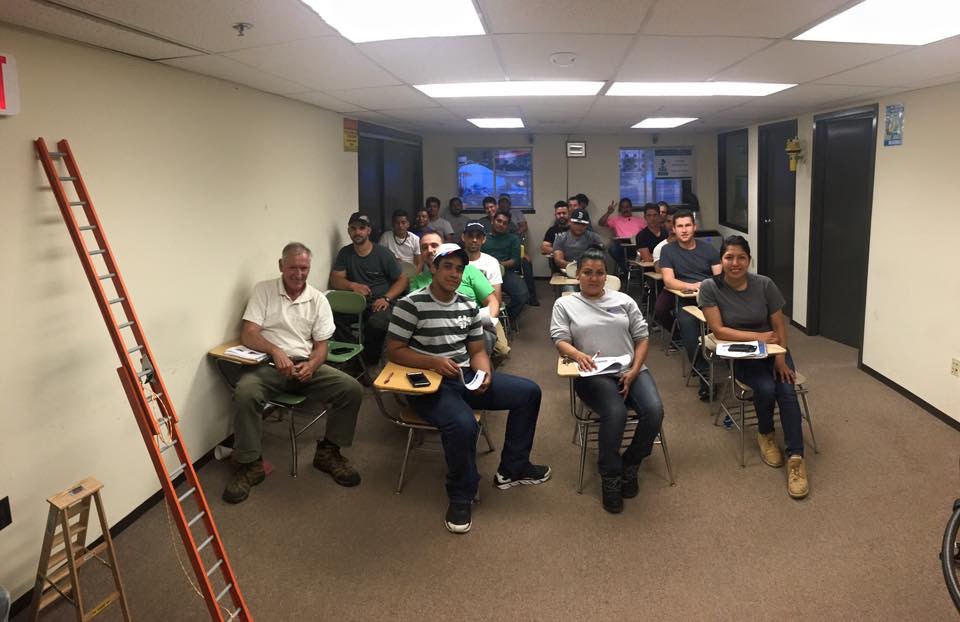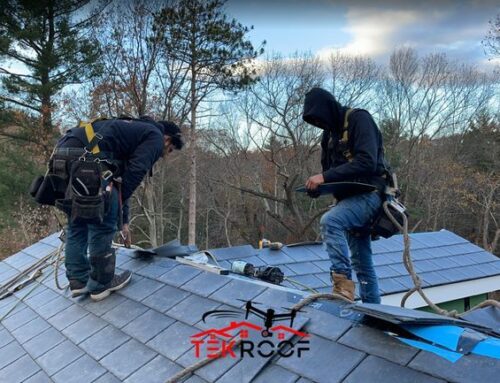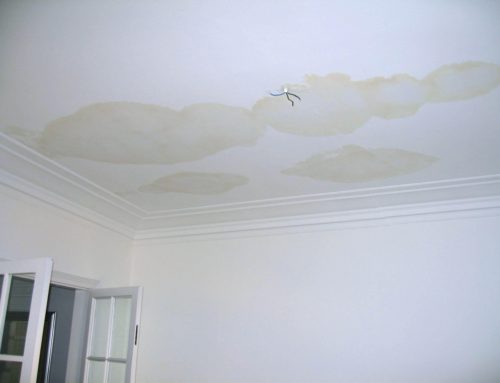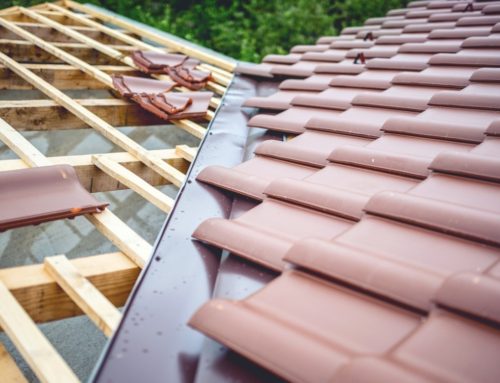As our most recent heatwave here in the northeast clearly proved, roofing contractors and others might be tough but they are not indestructible. Recently, one large lumber mill and yard up in northern Maine shut down their mill and retail sales completely. Dozens of yardmen running fixed and mobile heavy equipment, loading vehicles and stocking lumber in combined heat-indexes. They were overcome with heat exhaustion and lost over a week’s production with 10 percent hospitalization. It’s a very serious health condition where the body’s temperature control function (sweat and evaporation) begins to fail rapidly in extremely high ambient temperatures.
Safety Tips
Age, health disorders and physical condition are all mitigating factors. If left unchecked it can easily and rapidly proceed to critical heat stroke and possible death. While many construction schedules prohibit accomplishing a partial workday in the coolest post-dawn hours, it’s an administrative solution when all other options are unavailable. The best way to maintain a 50-60 percent schedule during a prolonged heat wave involves management scheduling a rigid work program of W-R-S-R:
Water:
Start hydrating with cool water early and often. Once dehydration is symptomatic it’s often too late to recover in severe temperatures without stopping work altogether.
Rest:
While an internal combustion engine has a normal operating temperature range. Running it hard for prolonged periods at the top of the red line wouldn’t be recommended. Sure, you won’t get the production rate of a cool work day, but no one will end up in the emergency room or worse.
Shade:
While air temperature differentials during a heat wave between sun and shade may appear to be inconsequential, just removing workers from direct solar radiation and into the shade for 15 minutes will drop the body’s core temperatures significantly. No natural shade? Set up pop-up shelters with water and misting fans.
Repeat:
Repeating this cycle during your entire work shift when job site temperatures reach 90ºF and increase all three as temperatures creep higher toward mid-afternoon. When continuous production is mandatory some contractors use the buddy system — one working for 45 minutes while their “backup” is in recovery, then switch out. Be prepared for the worst and hope for the best. Sure, labor increases and production naturally tails off, as it would in a three day blizzard. But it won’t stop altogether and your workforce will remain healthy and available for work the next day.
Under the roof of safety – Safety is not just a rule but a role – Safety is TekRoof top priority
[button size=”medium” style=”primary” text=”Request A Free Quote” link=”https://www.tekroof.com/free-roof-quote/” target=””]






Leave A Comment